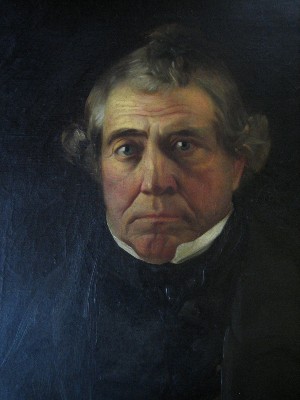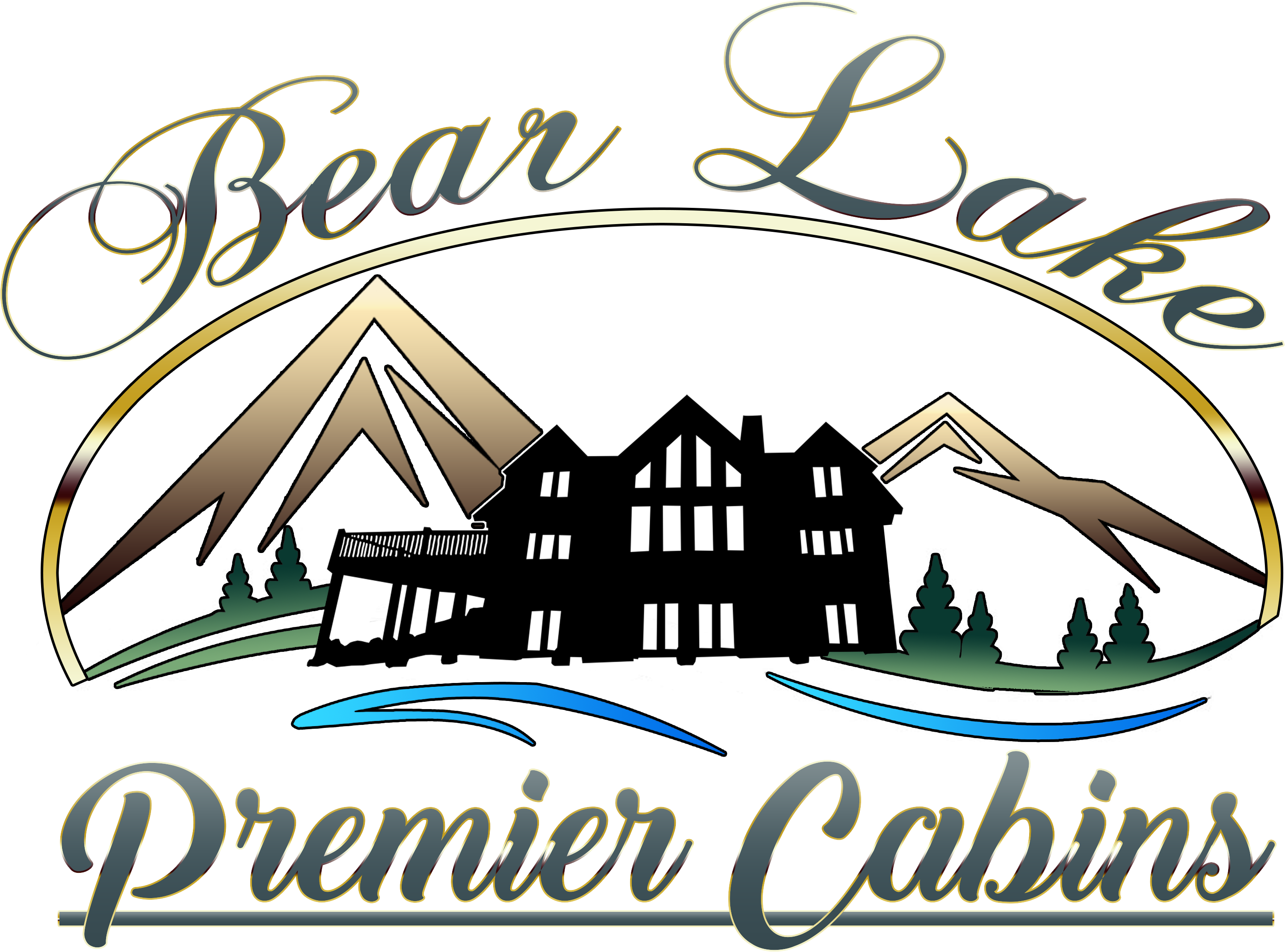There’s more to the Bear Lake Valley than meets the eye!
From the Shoshone tribes, hardy explorers and mountain men to the Mormon pioneers, Butch Cassidy’s brazen bank heist and mysterious monsters, the Bear Lake Valley has a rich and storied past to be discovered.
Native Americans & Fur Trappers
Fur trapping and hunting began in 1818 bringing explorers into the valley.
Donald “Fats” Mckenzie, a British-Canadian explorer and fur-trader for the North West Fur Company, made the journey to the valley on a hunting trip, following the meandering Bear River upstream to reach the brilliant blue lake waters.
This was the first recorded account of Europeans seeing the beautiful lake.
He attended one of the Native American gatherings at the south end of Bear Lake in 1819, aptly naming the area Black Bear Lake after the abundance of black bears in the area.
This was later shortened to Bear Lake.

By portrait is PD, and was photographed by Donald Mackenzie – OTRS ticket from John Horst, of the Chautauqua Co. Historical Society, CC BY-SA 3.0, https://commons.wikimedia.org/w/index.php?curid=7189392
Rocky Mountain Rendezvous
Mountain man Philip Covington described the rendezvous in his journal as: “Plenty of fine horses, plenty of fine brandy and whiskey at $2.00 a pint or tin cup full, plenty of goods and groceries of almost every description. Horse racing and shooting were carried on to a considerable degree, while card-playing and drinking was not neglected.”
Oregon & California Trails
The Oregon Trail ran north and east of the lake and from 1836 to 1950 thousands of traders made the harsh journey by wagon to the Bear Lake Valley in the summer months.
Their long overland journey always included a stop for supplies at the trading post in Dingle, Idaho, set up by the Bear Lake Valley’s first permanent settler, one-legged mountain man, Thomas “Pegleg” Smith.
Mormon Pioneers
In 1863, Mormon pioneer Brigham Young sent the first group of permanent settlers to the valley led by Charles C. Rich, hence Rich County. They built the town of Paris in Idaho as the peace treaty established with the American Indians left most of Utah to the local tribes. The Mormon pioneers gradually moved south into Utah establishing villages across the valley and on the southern shores of the lake. The construction of the railroad in 1874 brought more settlements and communities to the Bear Lake Valley.
Butch Cassidy’s Wild Bunch Gang
Montpelier, Idaho was first settled in 1864 by Mormon colonists. The extension of the railroad into Montpelier in 1892 contributed to the growth of the town and by 1900 it was the largest city in the Bear Lake Valley.
Who knew the newly built Montpelier Bank was on the radar of one of the West’s most notorious criminals! On the afternoon of August 13, 1896, Butch Cassidy, along with accomplices Lay and Meeks, casually robbed the bank fleeing on horseback with $7,000 in a burlap sack. This was the first bank heist of the notorious Wild Bunch Gang. The Montpelier Bank is the only bank Cassidy robbed that still stands today, restored as the Butch Cassidy Museum.
Monsters of Bear Lake
Scientists believe Bear Lake to be one of the oldest lakes in North America, over millions of years old! The legend of the Bear Lake Monster dates back to 1868 and is a big part of local folklore and endless conversations. Local resident Joseph C. Rich claimed to have seen the monster and the story made local headlines in 1868 in the Deseret News “Monsters of Bear Lake”.
Despite a twist in Rich’s story, sightings of a huge, serpent-like creature that swims “faster than a horse can run on land” were continually reported with sightings as recent as 2002.
Historic Attractions in Bear Lake Valley, UT
Today, several historic monuments, settlements and byways remain in the Bear Lake valley allowing you to step back in time and discover the days of these original pioneers. Take a scenic drive on historic byways, visit old western towns where explorers laid to rest in historic cabins after a hardy journey and explore a bygone era that still lives on in the Bear Lake Valley today.
- Oregon Trail Bear Lake Scenic Byway (US 30) – Bear Lake, UT to Star Valley, ID
- Pioneer Historic Byway – Franklin, ID to Soda Springs, ID
- Butch Cassidy Museum in the historic 1890’s Montpelier Bank – Montpelier, ID
- The National Oregon/California Trail Center – Montpelier, ID
- Paris Historic District and Tabernacle – Paris, ID
- Wilford Woodruff Home Visitors Center – Randolph, UT
- The Bear Lake Overlook Visitors Center – Garden City, UT
- Rendezvous Beach – Lake Town, UT
Resort and Recreation Destination
Today, the Bear Lake Valley is a year-round destination for outdoor recreation. Bear Lake Premier Cabins invite you to stay in our Bear Lake cabins, mix a little history with your Bear Lake adventures and explore the hardship and history that made the Bear Lake Valley the prime vacation destination it is today.






